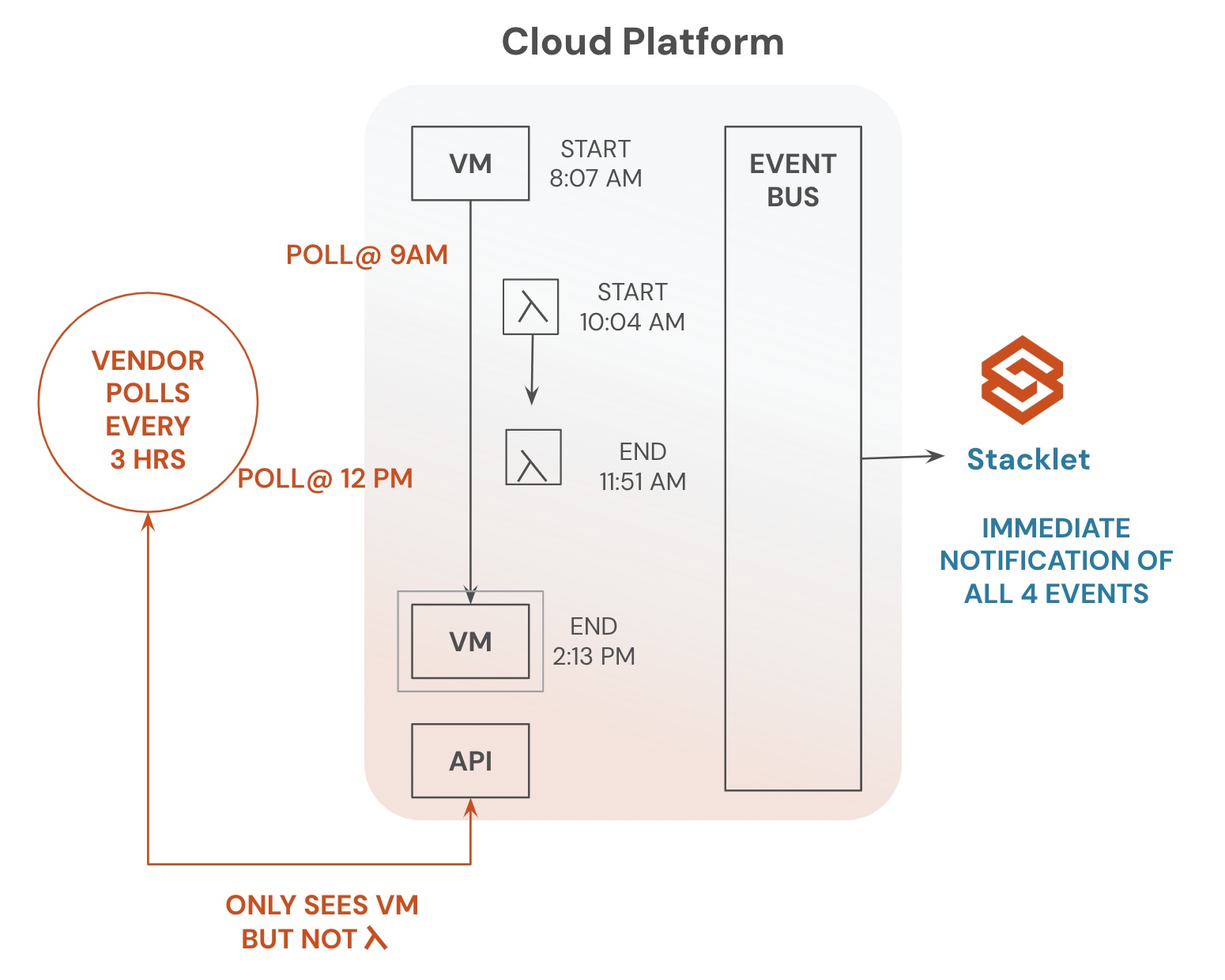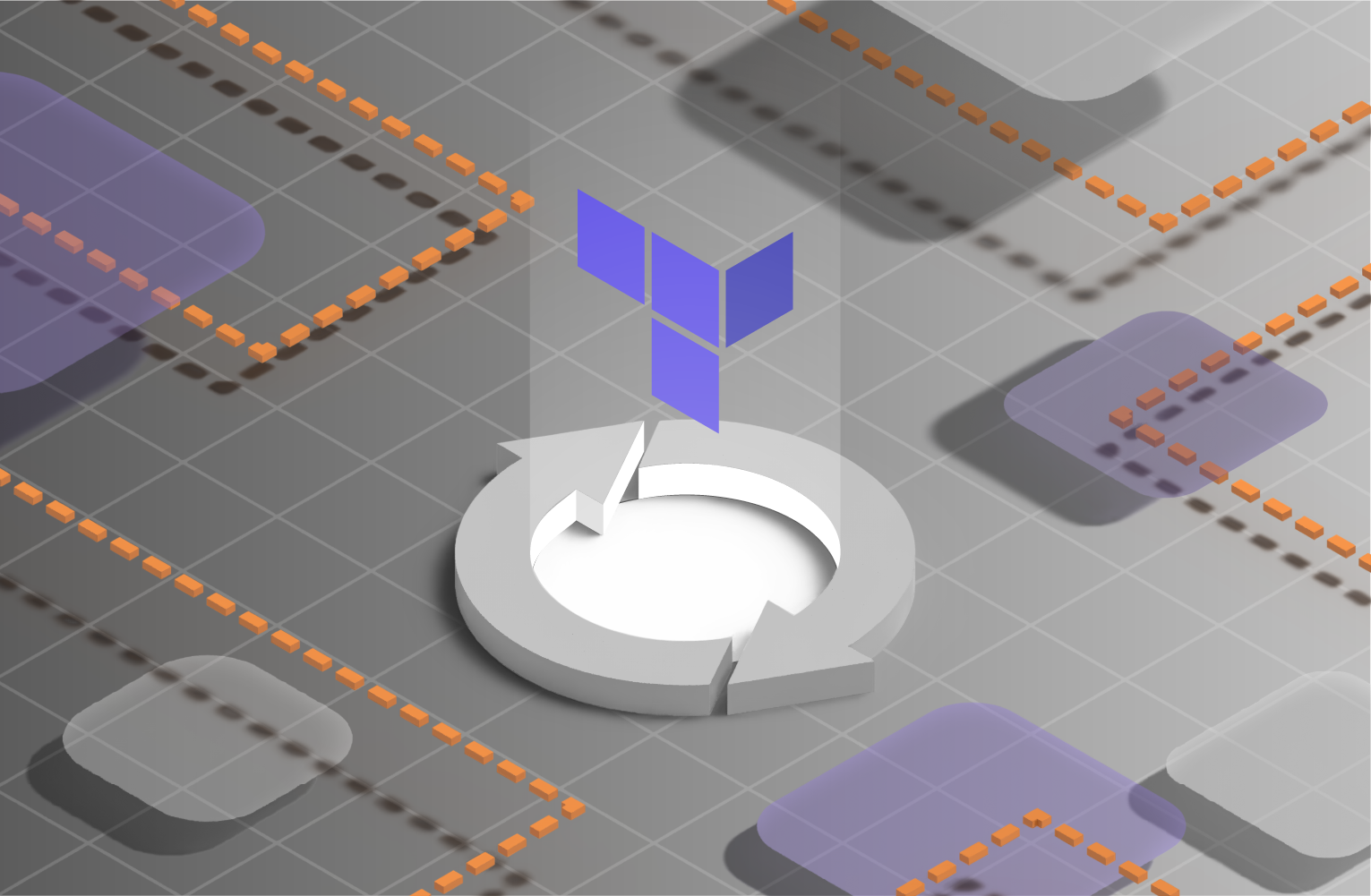How You Can Gain Unparalleled Visibility and Efficiency With A Cloud Asset Database
A centralized, real-time cloud asset inventory and configuration database can provide invaluable visibility and insights into your cloud resources and configurations. With this visibility, you can more effectively control costs, secure resources, and meet compliance needs. These databases can equip DevSecOps and FinOps teams with real-time access to a central source of actionable data. With these capabilities, teams can reduce operational overhead while gaining insights to make faster decisions and discover new trends.
Cloud Asset Databases: Key Use Cases and Benefits
Here are some of the critical use cases and benefits of a cloud asset or configuration management database:
- Improve visibility while reducing operational overhead. With these databases, you can get holistic visibility and insights into your cloud resources and configurations across multiple platforms. Multiple groups can use this database within your organization, including platform, security, and application engineering teams. As a result, all these groups can reduce the operational overhead associated with data collection, aggregation, and reporting.
- Identify security risks and meet compliance needs. Security engineering teams can easily query data to identify security risks or vulnerable resources. For example, an engineer can easily make the following query: “Show me all unencrypted storage buckets or publicly exposed databases.” An asset database enables teams to quickly meet various compliance or audit requirements by delivering access to historical resource configuration data.
- Gain enhanced insights for FinOps and cloud cost management. Accurate, real-time data is the foundational requirement for successful FinOps or cloud cost management programs. FinOps teams can use utilization, configuration, and cost data to make better cost optimization decisions.
- Streamline cloud operations and boost collaboration. A standardized asset database can provide the insights you need to fix operational issues and align with industry or organizational policies, such as resource tagging schemes or backup policies. In addition, since multiple teams can use the same database, cloud engineering teams can boost collaboration with development, security, and FinOps teams.
Limitations of Cloud Provider Tools
Cloud providers have tools that can help you with specific use cases. However, these tools typically have the following limitations:
- They are limited in scope and provide piecemeal visibility into a single cloud.
- Even within a single cloud, they lack coverage of some resources. New cloud offerings and continuous API changes within existing services make it hard for internal product teams to keep up. (Check out this site to see all the API changes in AWS alone.)
- Most tools still provide poll-based scanning that fails to support the dynamic nature of cloud-based resources. For example, if someone spins up an instance for 15 minutes. A tool that has a polling time of 30 minutes would not be able to detect it. (Try explaining that to your compliance team.)
- They have non-standard user interfaces and querying languages, so teams require particular expertise and skill sets to operate and gather insights through these tools.
Stacklet AssetDB: A Real-Time Cloud Asset Database That Provides the Most Comprehensive Coverage and Insights
To address the issues and use cases outlined above, the Stacklet Governance as Code Platform includes Stacklet AssetDB – a cloud asset database. Stacklet AssetDB is a real-time asset database that provides a holistic and accurate snapshot of your entire cloud estate. Stacklet AssetDB transforms how you gather, analyze, and distribute data for cloud governance, security, FinOps, compliance, and operations. With the solution, you can build a real-time, SQL-enabled inventory of all your cloud resources, costs, and configurations. As a result, your teams can unlock insights faster, so you can more effectively and scalably control costs, secure resources, and meet compliance needs.
Following are a few of Stacklet AssetDB’s key market-leading capabilities:
Real-Time Data
Unlike typical tools, Stacklet AssetDB continuously observes cloud provider API calls to detect resource changes, such as the creation of a new resource or a change in the configuration of an existing resource. Stacklet AssetDB then builds a real-time, centralized inventory of your cloud assets and configurations, including the event metadata about the API call making the change. So you can look at the state of the resource, who modified it, and how (console, terraform) it was modified.
“We’ve been able to accelerate interrogating our cloud asset inventory in near real-time and overlaying other data sources to build enhanced business intelligence. The data outputs are driving additional perspectives of our assets and their configuration status, mapping to financial or other operational perspectives used across the organization in day-to-day operations.” – G2 Crowd Review
Query Via SQL
You don’t need to be an expert in another language. Stacklet AssetDB enables you to use SQL to query cloud resources along with their revision history, cost, and configuration data. As a result, a broad range of groups in your organization can use the database, including engineering organizations. It also comes with several out-of-the-box dashboards that you can use or customize.
“Stacklet AssetDB allows our IT and security teams to search (using SQL queries) across all regions and accounts, instead of having to log in to each account to search for a resource. Having the ability to generate inventory reports across accounts has also improved our ability to meet different compliance initiatives.” – G2 Crowd Review.
Comprehensive Resource Coverage
Stacklet AssetDB supports multiple cloud providers with broad coverage across resource types. To keep up to date as the cloud providers continuously innovate on new capabilities, it generates data models via inspecting the cloud APIs and SDKs to keep up to date with the latest definitions and updates. As a result, you can have confidence in your inventory supporting all the latest features of the cloud and use one tool for all your cloud environments.
“Stacklet’s friendly cloud asset database makes it easy for our engineers to query resources or users visualize them with BI tools.” – G2 Crowd Review.
“Stacklet AssetDB is extremely powerful because it contains hundreds of resource types and is accessible to our engineers and FinOps teams, who are already familiar with SQL. Our teams can easily query the data and create reports to answer pressing questions about our resource utilization.” – Matillano, Director of Cloud Cost Optimization at Avalara.

To learn more about Stacklet AssetDB, you can request a demo here.
Categories
- Cloud Asset Database
- cloud compliance
- Cloud Governance
- Cloud Security
- FinOps


